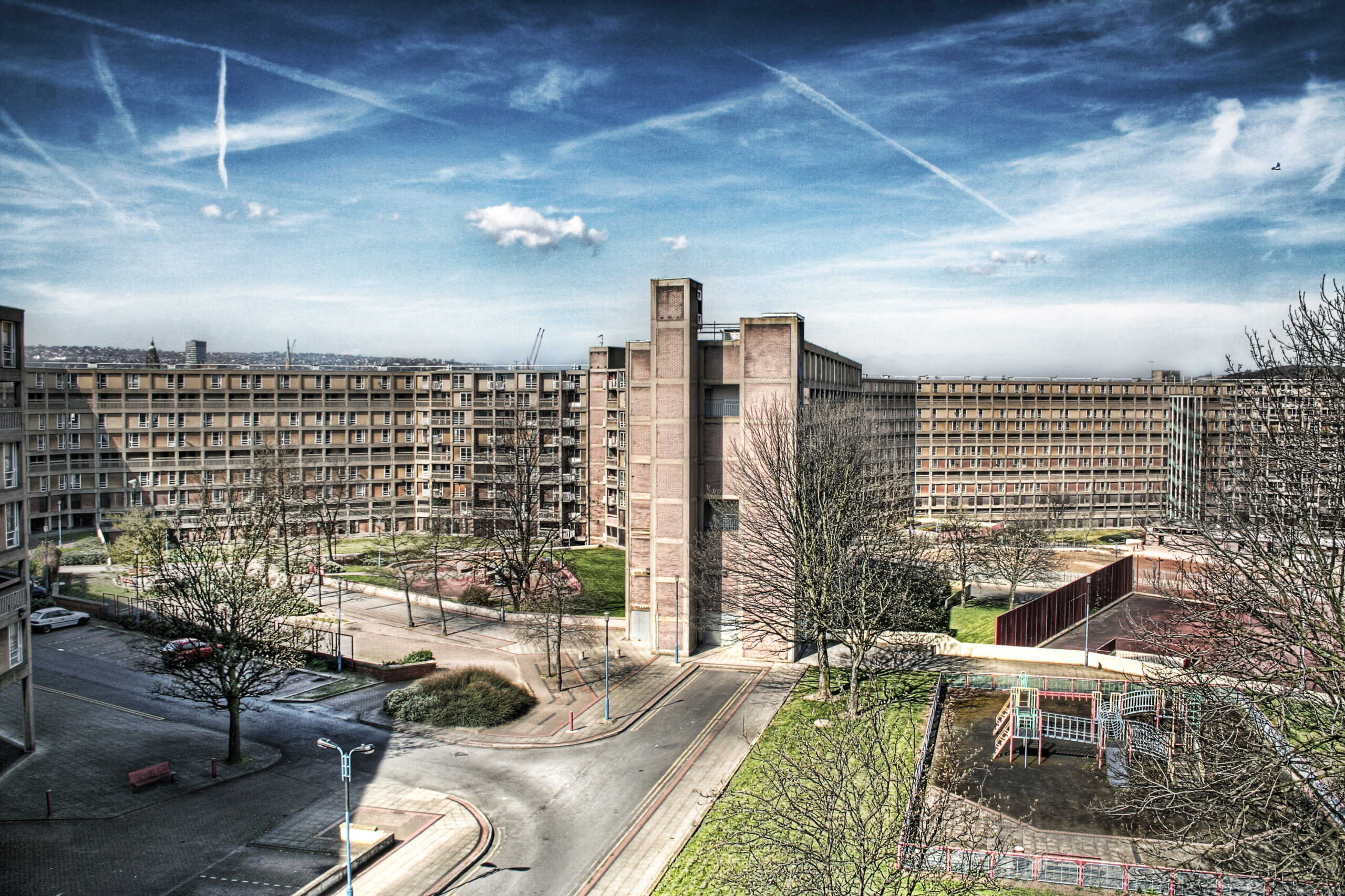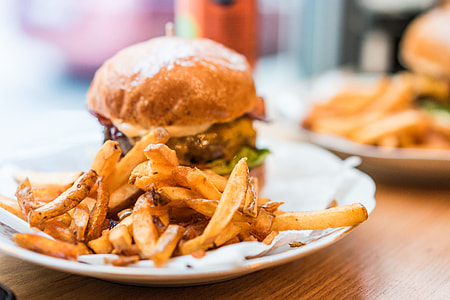Increasingly, failing retail stores would have you believe that their plight is the result of the continual barrage of new challenges facing them. Retailers such as BHS and Staples have shut their doors for the final time, along with a growing collective of businesses falling into administration; notably Debenhams and House of Fraser. Yet, let us not assume that the current ‘retails struggles’ are a new phenomenon, once household brands like Blockbusters and Woolworths have sealed shut since 2008.
As harsh as this may sound, no company has the right to stay profitable. Businesses have come and gone throughout the course of modern history, companies that don’t adapt perish; industries that don’t adapt perish.
However, for all the doom and gloom portrayed, there is no shortage of success. Successful retailers are taking advantage of consumers, they are acknowledging their needs and wants, they are making coming into store more of a personal experience. Consumers are increasingly longing for the human engagement that is lacking in the online domain, 90% of consumers are more likely to buy when helped by a knowledgeable associate and more than 70% of consumers would prefer to shop a brick & mortar Amazon store versus Amazon.com.
Maybe there is something in John Lewis’s best revenue growth in recent years being in 2015, when partner employment was at its highest at 93,800. Perhaps consumers continued demand for human interaction as well as a dominant online presence are seen as two conflicting ends of the spectrum, when in fact they should be seen as entirely complimentary.
A recent Forbes article discusses how forward-thinking American mall developers are taking advantage of store closures by offering short term ‘pop up’ opportunities, which minimises risk by offering brands the opportunity to dip their feet into the market before diving straight in. Clever online direct-to-consumer brands are turning these stores into showcases, they are providing their customers with the physical interaction that they cannot offer online. This is offering consumers a widely diversified market.
Ultimately, the main challenge retailers claim to face is increased spending via online platforms. Don’t get me wrong, while this is a credible threat, it’s hardly the cataclysmic blow some CEO’s claim. The issue is that some businesses are much better at evolving than others.
An estimated 21.3% of all retail sales being made online as reported in December 2019. Yet, this still leaves roughly 80% up for grabs via traditional means, additionally this 21.3% will include money made through the online counterparts of brick and mortar retailers. It is not as nearly as doom and gloom as you may have believed. For example, Harrods reported sales of £2.1 billion in 2019, a 6.8% increase on the prior year. Selfridges had a record breaking Christmas and Next proposed dividends at an increased 4.4% to last year. If these retailers are making profit, online competition can not be the overwhelming foe.
No sector is excluded from change, I believe this is a key principle many CEO’s forget. They have ridden the prosperous wave of retail thus far and are now making excuses as the momentum runs dry. For such advocates of a free market society, this could seem somewhat ironic that business owners are forgetting one key pillar of a capitalist society; the freedom of choice.
Yet, many executives and politicians have continued to demand sympathy when many failings are of their own making. The strategy of your average high street store is hardly devised by the sales assistant on the till, nor is it devised by the store manager, it is decided by the board of directors and ministers, whose role is to maintain the growth of the retail market.
The supposed challenges facing retail have been a long time in the making, our increased reliance on technology has not suddenly emerged from the fog.
It’s also worth pointing out that technology is not the only factor. Business rates have increased by 50% since the 1990s with British retailers paying around 25% of all business rates despite only accounting for 5% of the economy.
Large online companies like Amazon are escaping the payment of tax. Proper taxation policies would create a more equal environment between online and physical retailers, narrowing the divide between these two sectors may undoubtedly create competition and therefore greater innovation. Which will only benefit the consumer.
However, these policies to revitalise high streets can and should go beyond simply taxation. A recent “Take Back Our High Streets” report shows that community ownership of properties is associated with lower vacancy rates. The difference ownership models again provides an innate economic advantage with community businesses having a long-term survival rate of 94%. These new stores could be a vital pillar of Britain’s rejuvenated highstreets.
A great example of community ownership is the Kittys Launderette in Liverpool, a cooperative owned by the residents that provides them with much more than simply a possibility to wash their clothes. It is a community space with free high-quality wi-fi, coffee and events. Neighbourhood ties are formed between people while they are waiting for their laundry. It has provided a unique space where students, the elderly and families from the area mix.
There is a growing number of lonely elderly people who have a very modest wish that our rapid technological progress seems unable to fulfill – basic social interaction. Community owned spaces like Kittys Launderette can provide these people something they value immensely that neither an online or a brick-and-mortar shop can’t. The report also suggests new legislation titled “community buy outs” that would make converting vacant properties into community owned businesses easier.
It is the responsibility of businesses to innovate and adapt. The tactics that once had thousands of customers lining the tills are outdated. Innovation which is a key driver for the economy has been slow for many established retailers. Companies rise and fall, successful companies run the risk of sitting on their laurels, enabling rivals to exploit a growing gap in the market. Particular retailers would rather blame the iceberg than the captain who directed the course.





